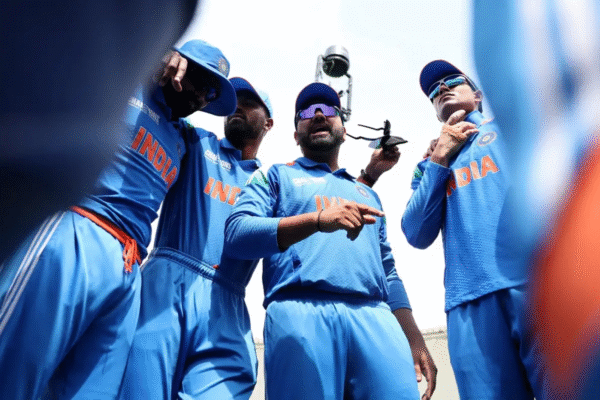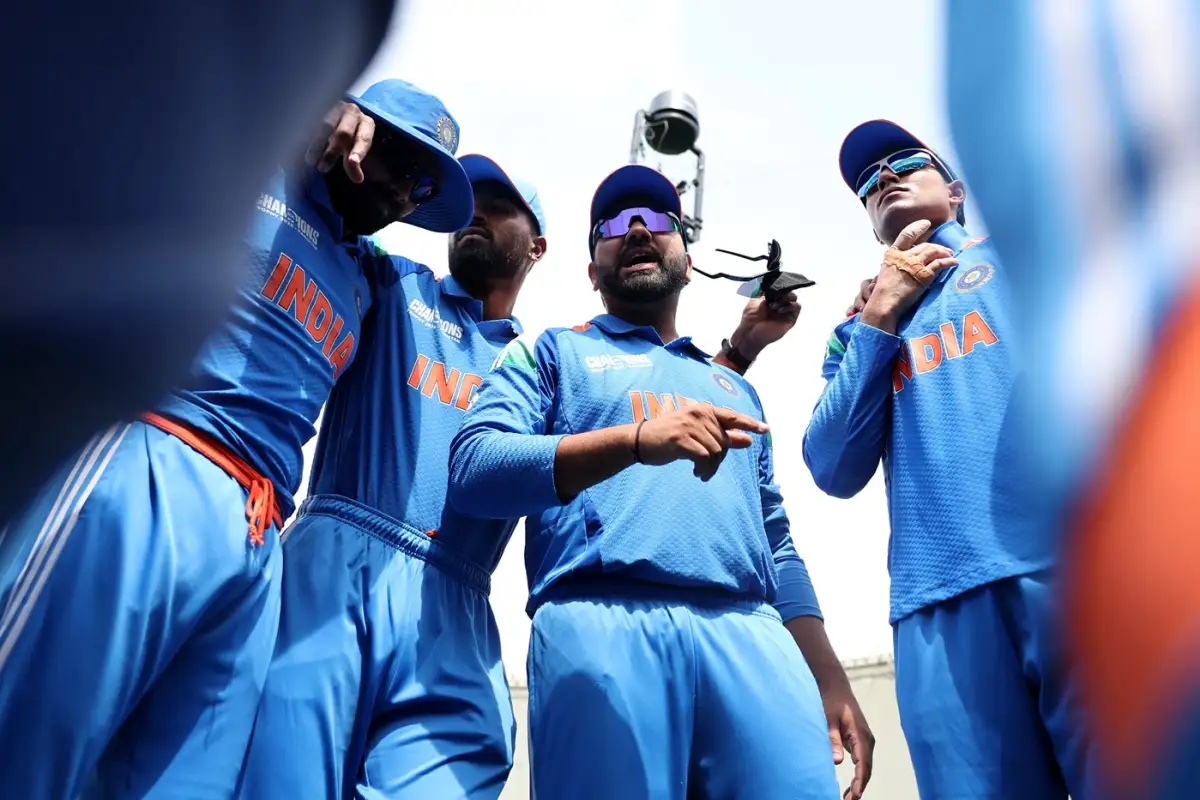
The series will include three ODIs and five T20Is.

India and Australia locking horns in any capacity on the highest level is a treat to the eyes. The two nations have produced a significantly entertaining brand of cricket over the years. Any fixture involving the two teams has a lot of drama and hype to it. However, the hype is set to return as Australia host the Men in Blue for a white-ball series starting October 19.
Having said that, both teams will have to be mindful of the changed rules, which will be in effect from the 1st ODI on October 19. The International Cricket Council (ICC) approved a couple of rules for the betterment of the 50-over format, which are applicable to the format since July 2.
The evolvement of the shortest format over the years has seen batters dominating the game. Be it any condition, the bowlers are always taken to the cleaners. However, the introduction of the new ODI rule focuses on attempting to maintain a balance between bat and ball.
As of now, the bowling team is granted two new balls – one from each end at the start of the innings. These balls are used till the 50th over, and each ball gets used for 25 overs. This was previously done to ensure that the ball stays intact and doesn’t lose its shape. However, the ICC has approved another amendment to the rule.
Starting from July 2 this year, the teams will be granted with two new balls at the start of the innings, but they will only be used till the 34th over. Post the 34-over mark, the fielding team will choose one of the two balls, which will then be used for the next 16 overs from both ends. As per a statement from the ICC, this change was made to “readdress the balance between bat and ball”.
To add to that, if the 50-over fixture is reduced to 25 overs or lesser before the first innings begins, the fielding side will have just a single ball to use from both the ends of the innings.
Furthermore, as per the new concussion updates, teams will have to share a list of five substitute players to the match referee before the match starts. These five categories would be: wicketkeeper, batter, spin bowler, seam bowler and an all-rounder.
ALSO READ:
On the back of the updated rule, the two balls which were used for 25 overs each before, will now be used for 17 and 33 overs respectively. The only choice the fielding team would make would be the ball that they would like to continue with for the 16 overs after the 34-over mark.
For the Men in Blue, their bowling attack will have a lot to do with the choices they would make. One of the primary factors that will be considered is the condition of the balls. It is highly possible that the condition of one ball might be deteriorated more than the other. This depends on the impact that each ball has gone through in the initial 17 overs of its usage.
Looking at the 15-member squad, Mohammed Siraj and Arshdeep Singh would be definite starters in the XI. This would mean that one out of Harshit Rana and Prasidh Krishna will find their way in. The left-arm speedster is brilliant with his pin-point yorkers at the death, and would be the favourite for that role.
Additionally, the ball which is chosen at the end of 34 overs will be much older by the time the innings comes to an end. This will mean that the chances of the ball reversing will be more as compared to before, and this is where India can cash in. Teams can opt for the slightly deteriorated ball of the two, which will make it more difficult for the batters to get going.
With the two ball rule throughout the innings, what used to happen is that the condition of the balls used to stay hard for the entire 50 overs. This used to make it easier for the batters to score freely. With this rule, one ball would be used for 33 overs (17+16), which would pose challenges to the batting side. The Men in Blue can come back into the game by bowling some spin after the 40th over as well.
For more updates, follow CricXtasy on Facebook, Instagram, Twitter, and YouTube.